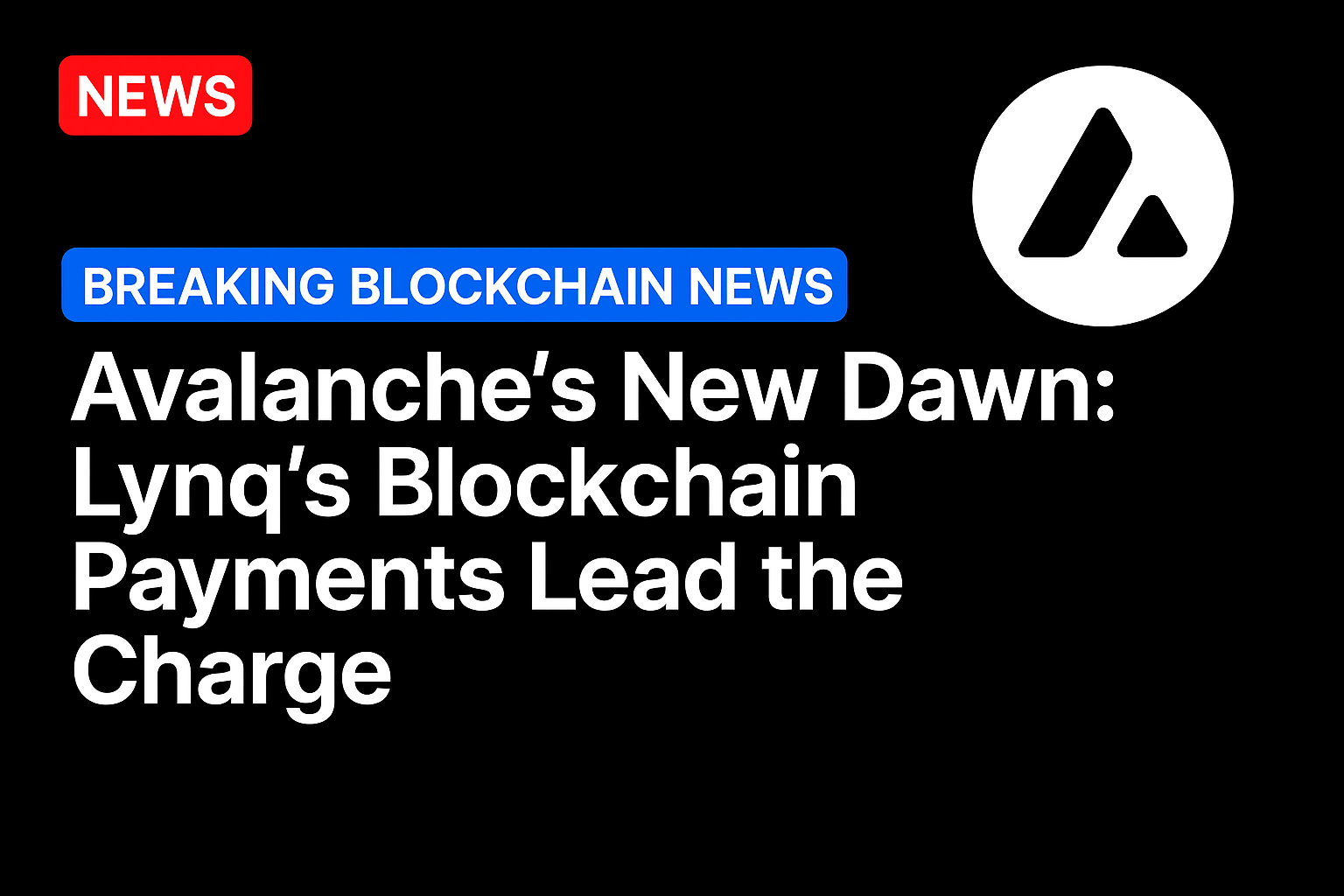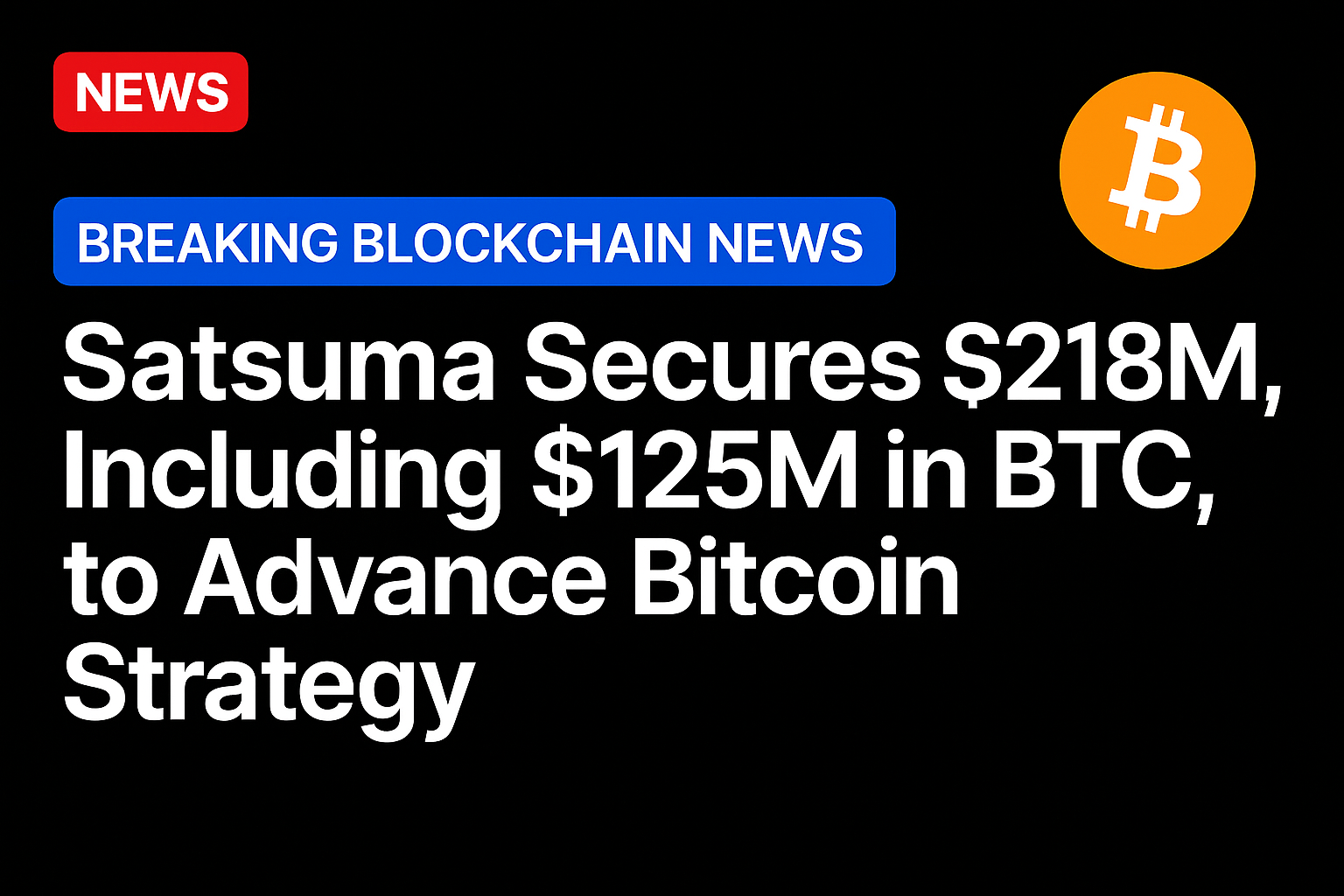The financial landscape is not what it used to be. The emergence of blockchain technology is ushering in a new era of cryptocurrency payments, and Lynq’s recent transaction on the Avalanche network is a significant indicator of this change. This event doesn’t just signify a technological milestone; it hints at a broader acceptance of decentralized solutions that could redefine institutional finance. But is it all sunshine and rainbows?
Blockchain’s Entry into Institutional Finance
Blockchain is finally getting its moment in the institutional sun, eh? With its potential to facilitate instant stablecoin payments and streamline cross-border payroll, it’s becoming a must-have for businesses that want to up their financial game. The dream of cryptocurrency payments going mainstream is no longer a fantasy but a fast-approaching reality.
What Lynq’s Transaction on Avalanche Means
Lynq’s transaction is monumental, to say the least. It proves that public blockchains can handle high-value, secure transfers. What does that mean for crypto payroll?
For one, it’s a proof of concept. It shows that using blockchain for institutional payments isn’t just a pipe dream. Secondly, it opens the door for efficiency gains. We all know traditional cross-border payments can take forever and cost an arm and a leg. With blockchain, we get near-instant settlement and lower fees. Plus, you can’t overlook the transparency and auditability it provides. That’s crucial for compliance and trust—two things that don’t just grow on trees.
Regulatory Hurdles Await
Of course, with great power comes great responsibility—or, in this case, great regulatory challenges. The adoption of cryptocurrency payments is swimming in a sea of regulations that differ from region to region.
In Europe, for instance, there’s the Markets in Crypto-Assets Regulation (MiCA), which gives a framework but also raises the compliance bar. Asia is a mixed bag, with some countries welcoming crypto and others treating it like a leper. It’s a minefield for anyone trying to navigate this new landscape.
Other Blockchain Solutions in the Mix
While Avalanche is making headlines, it’s not the only player in the game. Other blockchain platforms are also vying for a piece of the institutional pie. R3 Corda, for example, is a favorite among financial institutions for its real-time processing and strong security features. The same goes for Tezos, which offers energy efficiency and scalability without the hard forks.
Looking Ahead: What’s Next?
The future of cryptocurrency payments looks promising, but it’s not without potential pitfalls.
We might see more stablecoins being adopted as businesses look to dodge volatility. Decentralized payroll tools are on the rise, promoting financial inclusion and reaching unbanked populations. And let’s not forget about Central Bank Digital Currencies (CBDCs), which could serve as a bridge between traditional finance and decentralized systems.
Summary
Lynq’s successful transaction on Avalanche isn’t just a technical achievement; it’s a pivotal moment that highlights the growing maturity and readiness of blockchain technology for institutional adoption. As the financial world pivots toward digital, these pioneering steps are crucial in showcasing the potential of decentralized networks to deliver efficiency and transparency. Ignoring these developments isn’t just unwise; it’s a sure way to get left behind.
Source: https://www.onesafe.io/




